What To Do When Baby Suddenly Refuses The Bottle?
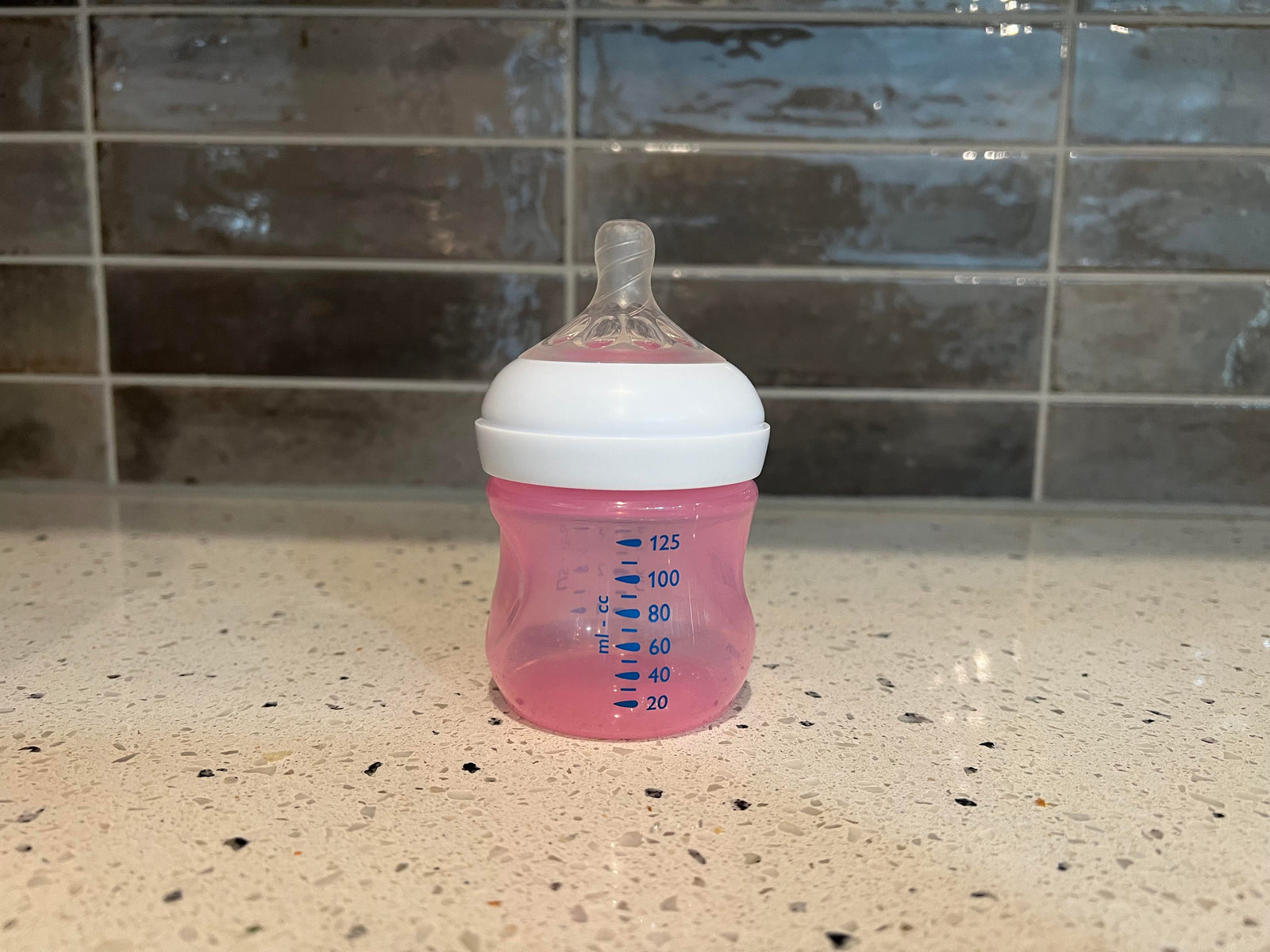
Is your newborn baby suddenly refusing the bottle after being introduced to the breast? Don't worry. This is a temporary stage. Here's what you should know.

Table of content
What Causes Baby To Suddenly Refuse The Bottle?
Many times, newborn babies start off bottle feeding well while they wait for moms breastmilk to come in. During this time, they are typically introduced to one nipple type and suckle from mom in between feeds to help with milk supply flow.
It is not uncommon for baby to begin refusing the bottle once mom breastmilk comes in, and here's the most common reasons as to why:
Nipple Issues
With bottle feeding, there are several factors to consider:
1. The Shape.
2. The Flow.
3. The Feel.
The a nipple shape can be easier to suckle from as it doesn't require jaw muscles and tongue-work to extract milk. The flow is often faster than the natural let down while breastfeeding. Additionally, the flow, even at the slowest flow speed, drips at a faster pace than the breast.
For all of these reasons, a newborn baby could begin to refuse the bottle once introduced to mom's breastmilk. Although this can be frustrating when you're looking to feed from the bottle or prepare to go back to work, it's important to remember, there is always a solution to every problem.
Milk Temperature
Freshly expressed breastmilk is typically the same temperature during every feed while milk that has been placed in the refrigerator or frozen can often be served at various temperatures.
Of course, too hot of temperatures are dangerous, while too cold of temperature could take some time to get used to. Although some babies prefer warm milk, there are others who don't really have a preference.
At any rate, take a mental note of when baby seems to refuse the bottle the most and always do a temperature check on the back of your hand before offering to be sure it's not too warm.
Taste
Believe it or not, the foods you eat can effect the taste and smell of your breastmilk once it is refrigerated or frozen. Additionally, milk that has changed temperatures too fast can result in a high lipase, or soapy taste.
There are things you can do like scolding your breastmilk before refrigeration or freezing to eliminate the high lipase, but before we assume that's the cause, use the process of elimination and determine whether it's the bottle or the actual milk that baby is refusing.
If baby is preferring direct latch, it's safe to safe he/she isn't refusing the milk itself and perhaps it's the bottle nipple or temperature that's the cause.
Tongue Tie
Another common cause for baby refusing the bottle is tongue tie. There are different severities of tongue ties, and depending on the level, this tongue tie could be the reason baby is finding it more appealing to latch directly to mom to feed versus taking the bottle.
You can get your baby checked for tongue-ties at their pediatrician's office, but if you've already had that checked, here are some other things you can try to get baby back to the bottle.
What Can You Do To Get Baby To Take The Bottle?
I understand the process of elimination can be frustrating with finding out why baby is refusing the bottle, but alternatively, there are some babies who suddenly refuse breastfeeding as well. This is identified as a Nursing Strike.
The great news is, the strike is only temporary and there are ways to get baby back on track.
Tips to get baby back to the bottle
1. Offer freshly expressed milk in a bottle. Offering milk directly from the tap (mom's breast) can eliminate the guesswork of temperatures, tastes and smells.
2. Experiment with different bottle nipples. Bottle nipples come in all different shapes and sizes, much like moms. Try to choose a bottle nipple that is similar to your breast nipple. Though there are lots of options on the market, try searching for natural bottle nipples first and go from there.
3. Try skin to skin contact while bottle feeding. Some babies simply prefer the warmth and closeness of mom during feeds. Don't be afraid to try skin to skin while offering the bottle.
4. Eliminate switching back and forth from breast to bottle, as it may cause nipple preference. Reduce the number of transitions from bottle to breast. At the start of each feed, offer the bottle first to get baby comfortable with taking the bottle again. Once they're back drinking from the bottle, wait a few days before offering the breast. Keep in mind that it's important to continue pumping during this time, so that you don't experience a dip in your milk supply.
5.Adjust your position. Try sitting baby upright in a seated position so that the flow of the milk drips at a slower pace. This will allow baby to control the speed of the milk flow, much like they are in control while drinking from the breast.
6. Don't force feed. Take it day by day. During nursing strikes, they can last up to 9 days. Continue to offer the bottle first and if baby isn't approving, go ahead and offer the breast and try bottle feeding again at the next feeding time.
Keep in mind, It's important for baby to eat, even if they aren't accepting the bottle at this time. Give each other time to adjust. Offer the bottle gently, but don't force it. I know it's easier to say don't get frustrated during this process, and while I understand the uneasy feelings, continue to experiment with offering the bottle before the breast to get baby back comfortable with bottle feeds.
Items You may find useful on your pumping and bottle feeding journey
If you've found this article to be helpful, please comment and share with a friend.

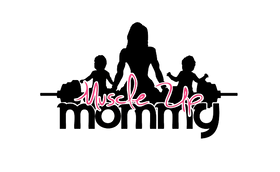
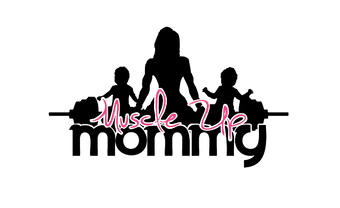
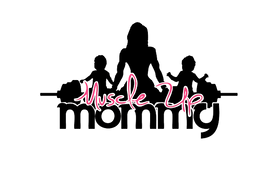
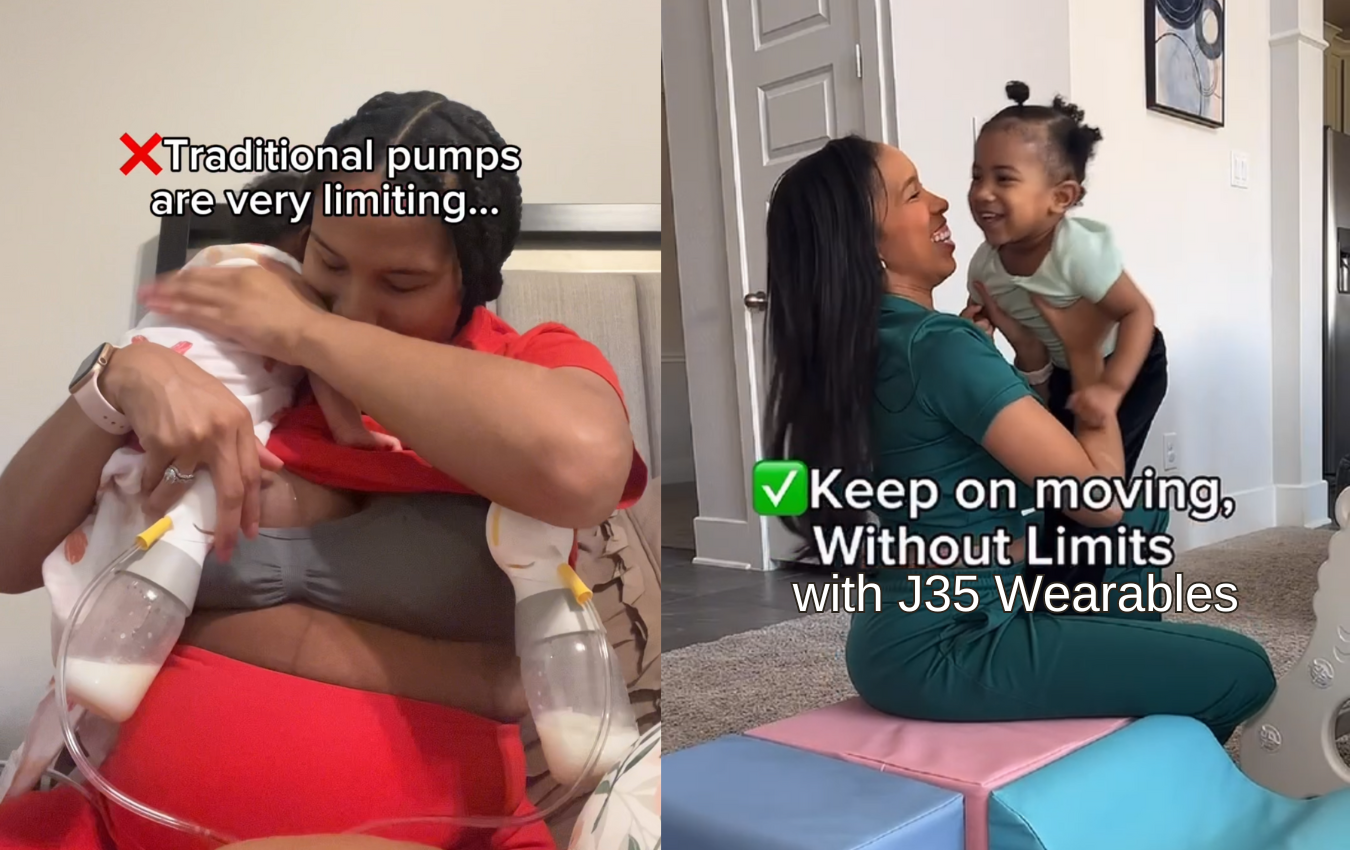
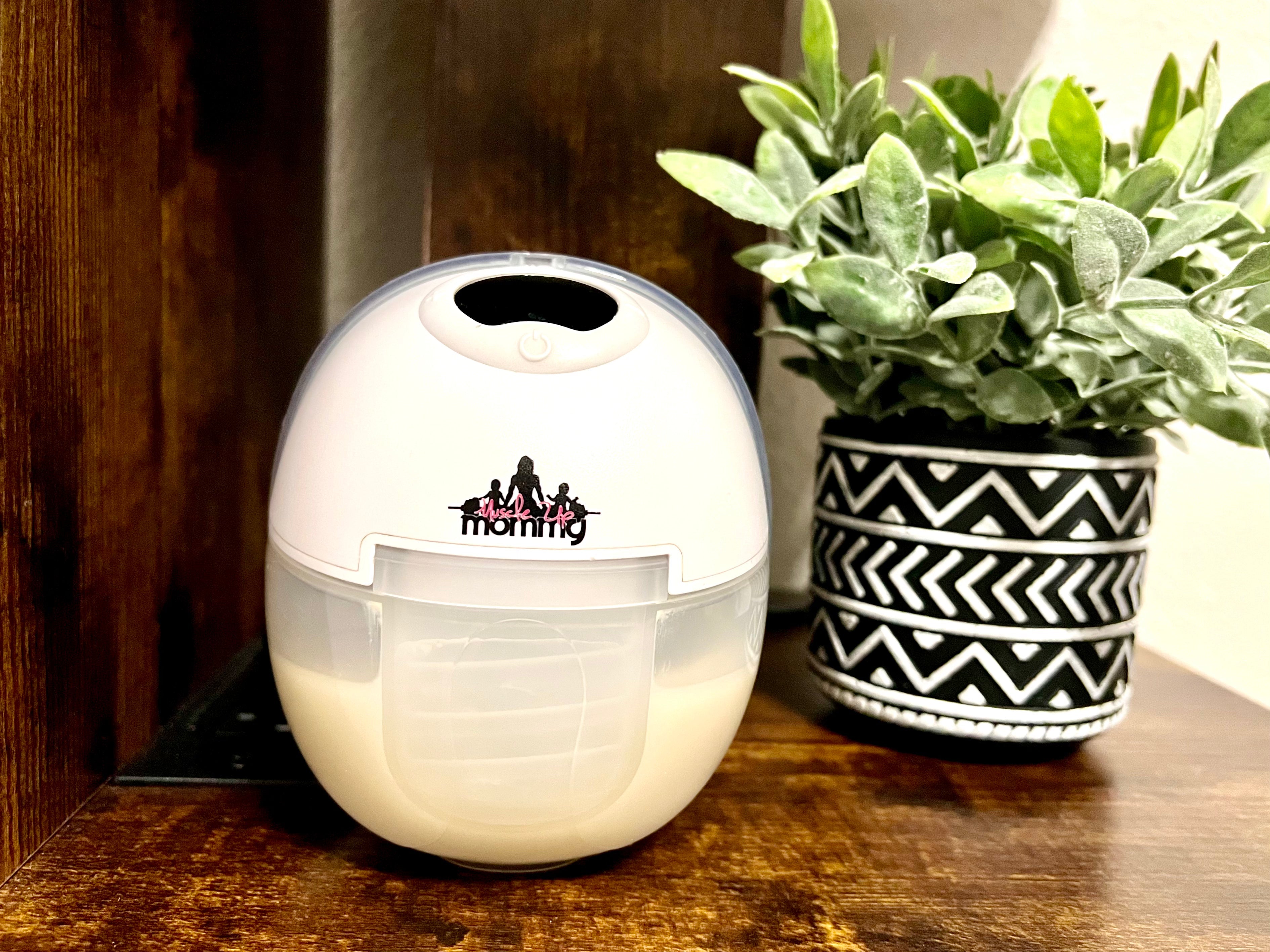

Leave a comment